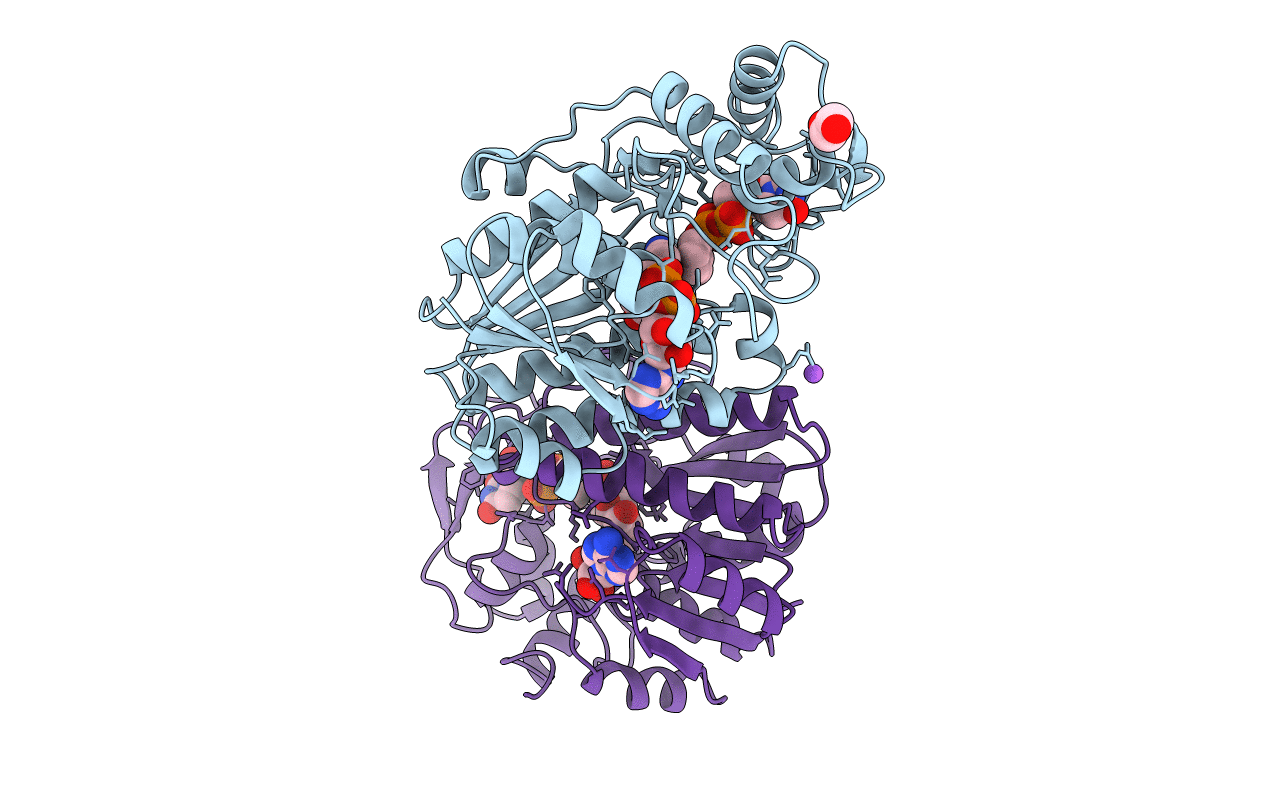
Deposition Date
1997-03-08
Release Date
1998-03-18
Last Version Date
2024-02-21
Method Details:
Experimental Method:
Resolution:
1.80 Å
R-Value Work:
0.18
Space Group:
P 21 21 21


